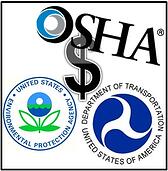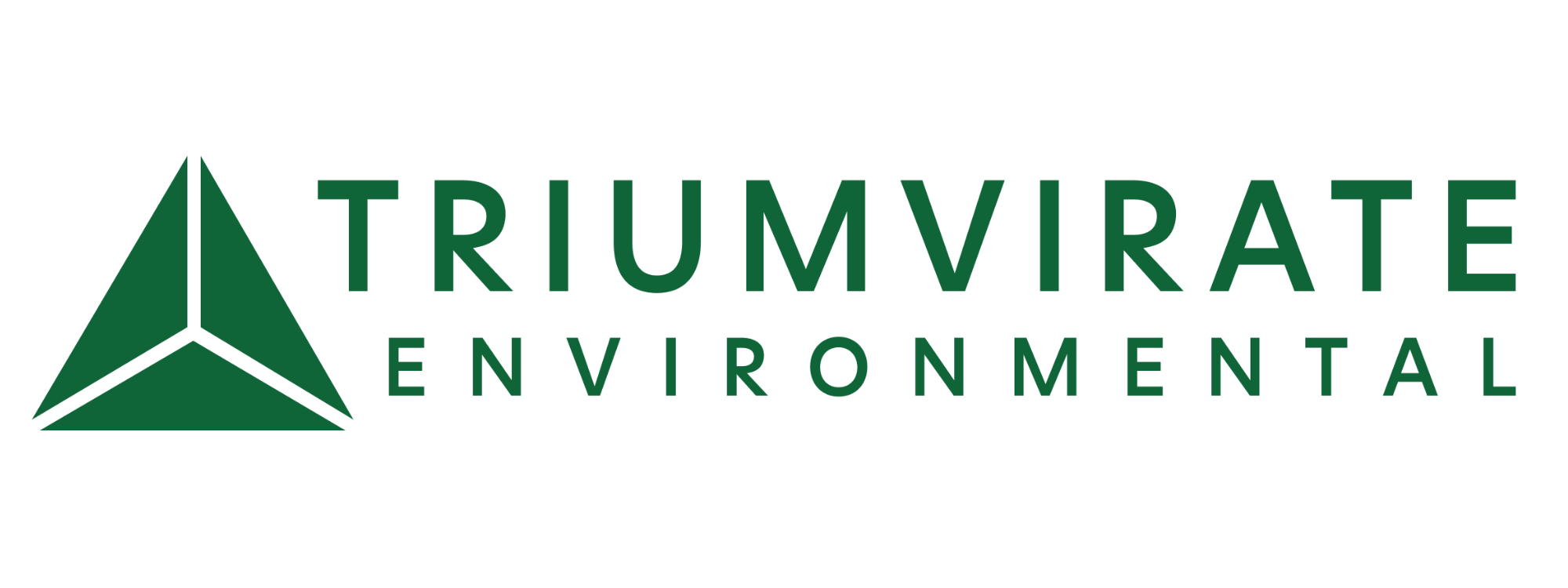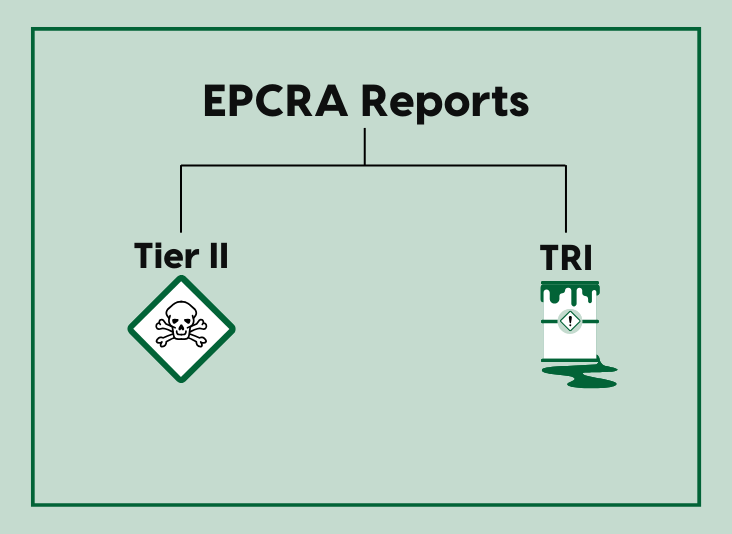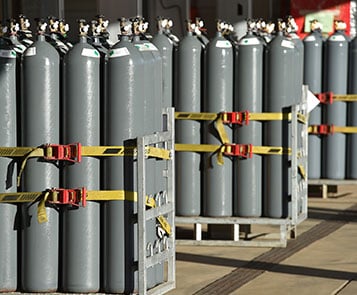Understanding the Hidden Costs of EH&S Compliance
Whether you are a newly-established company that has not yet formed an EH&S department, a mid-sized company with in-house or outsourced EH&S personnel, or a large company with a well-established EH&S department, environmental, health, and safety can be swept under the rug in terms of company priorities.

Facility size, employee count, and life-cycle stage can vary from one organization to the next, but one common thread twines many of these situations together: compliance isn’t the company priority.
Because regulatory compliance is not necessarily a tangible asset, the costs of maintaining it are often hard to validate at a corporate and user level. From small colleges with biology and chemistry departments to renown research universities; from one-facility hospitals to entire healthcare networks; from new-venture biotechs to research companies entering the development phase; from single-facility manufacturing companies to multi-location conglomerates – EH&S departments often struggle to raise top-of-mind awareness about the invisible. Researchers are focused on their work, and corporate is focused on the overall success of the organization.
healthcare networks; from new-venture biotechs to research companies entering the development phase; from single-facility manufacturing companies to multi-location conglomerates – EH&S departments often struggle to raise top-of-mind awareness about the invisible. Researchers are focused on their work, and corporate is focused on the overall success of the organization.
When do facilities start to care about compliance? When the invisible cries out.
One instance: when safety or health is threatened. A researcher isn’t wearing the proper personal protective equipment (PPE) and a chemical injury happens; faulty equipment mismanages an explosive chemical, and BOOM; an unlabeled chemical is mixed with an incompatible counterpart and a fire results in an employee injury. It is then that compliance – or the lack of it – becomes a real, hard tangible. Then, or when the aforementioned rug is picked up by a regulatory inspector, and shaken for all it’s worth. How much, you ask? Inspection violations range from written warnings to millions of dollars.
In 2011, OSHA fined an Illinois company $1.2 million for allowing five employees without proper PPE or training to remove asbestos-containing materials from its facility.
In 2012, a utility company in New Jersey was forced to pay the federal EPA and state DOJ $150 million as a settlement to cover pollution control technology that would resolve violations in three of its power plants against the Clean Air Act (CAA).
So, you see, there are two kinds of compliance costs.
The first: maintaining compliance regularly – keeping equipment functional and up-to-date, having plans and permits, implementing and maintaining a thorough health and safety program, ensuring initial and regular training for employees, et cetera. The second: the aftermath of incompliance. Proactive compliance is much less costly than retroactive compliance. Not only in terms of money, but in terms of health. Worker safety. People’s lives.
Increasing proactive compliance decreases the cost of compliance exponentially.
Let’s clarify, though: understanding the importance of proactive compliance is just the start of an ongoing process. It’s easy to say, “Yes, we should be more proactive” - but how do you convince the people that matter? Key stakeholders and environmental health & safety budgets will range depending on company size, but a few themes ring true for all:
- No one wants to pay more than they have to
- Noncompliance puts health & safety at risk
- People connect more strongly with concrete examples than hypothetical situations
- Plans that cover the short-and long-term and are budgeted are more successful
Use these truths to convince your key stakeholders that increasing your compliance budget is not a “want” but a “need.” Find instances of hefty fines, threatened health, injuries, and fatalities for similar companies that failed to uphold EH&S compliance.
Next, highlight instances within your organization where these (and maybe more) instances of noncompliance exist. In order to do so, you need to perform a gap analysis of your facility. Utilizing EH&S compliance software, like Triumvirate’s ADVISE, allows you to understand your current compliance standing by collecting inspection information with an iPhone. The software can then graph that data in a report, showing you visually where your highest instances of risk stand. You might also consider having a compliance consulting team visit your facility to perform a mock audit. Having a team tour your facility puts your employees on the spot, allowing you to gauge their inspection preparedness, and it identifies specific violations present in your machines, PPE, programs, and records.
In order to effectively persuade your key stakeholders of an increased compliance budget, you’ll need to present them with a short-term and long-term plan. Let reacting to those immediate instances of noncompliance shape your short-term plan, and systematic changes to prevent similar risk in the future constitute your long-term plan. Plan out what your daily, weekly, monthly, and yearly benchmarks will be, and let these standards become the instruments to measure facility compliance.








.png)